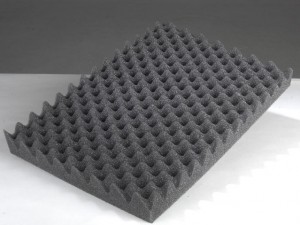Know Your Foam: Which Packing Materials are Right for You
June 29, 2015 by admin · Leave a Comment
 Written by: The Foam Factory, Inc.
Written by: The Foam Factory, Inc.
Summary: Knowing how to pack will save money on supplies.
Foam is a versatile packing material, but companies often shun it in favor of material like paper. This might be friendlier to the manufacturer, but consumers lose when their items arrive broken. It turns out that flexible polyurethane foam is the ultimate solution. It provides shock absorbency, conforms to the shape of the items to be shipped and provides a simple and cost-effective solution.
Foam Sheets
Sheets can be cut to fit any size, are very easy to work with and even easier to store. Computer manufacturers use foam sheets frequently as a top layer for protecting screens or the body of a laptop. Closed cell foam from Canada is cost-effective, and offers several layers of protection for fragile items. Thicker foam can also insulate cold items, so it’s frequently used when shipping frozen foods.
“Peanuts”
One of the most common types of packaging foam from Canada is the “peanut” shaped foam pellet. These pellets cradle objects and provide a shock absorbing cushion around the entire object. The dense foam contracts to absorb the impact. Compression also triggers interlocking, a feature of the peanut by design. Think of sand that can form itself into a wall when something strikes it, and then back into sand again.
Pouches
A new kind of foam packaging that his become popular in the Internet era of ship everything is the foam pouch. These pouches are compact, able to fit into small mailboxes, and protect the shipment through normal forms of transit.
